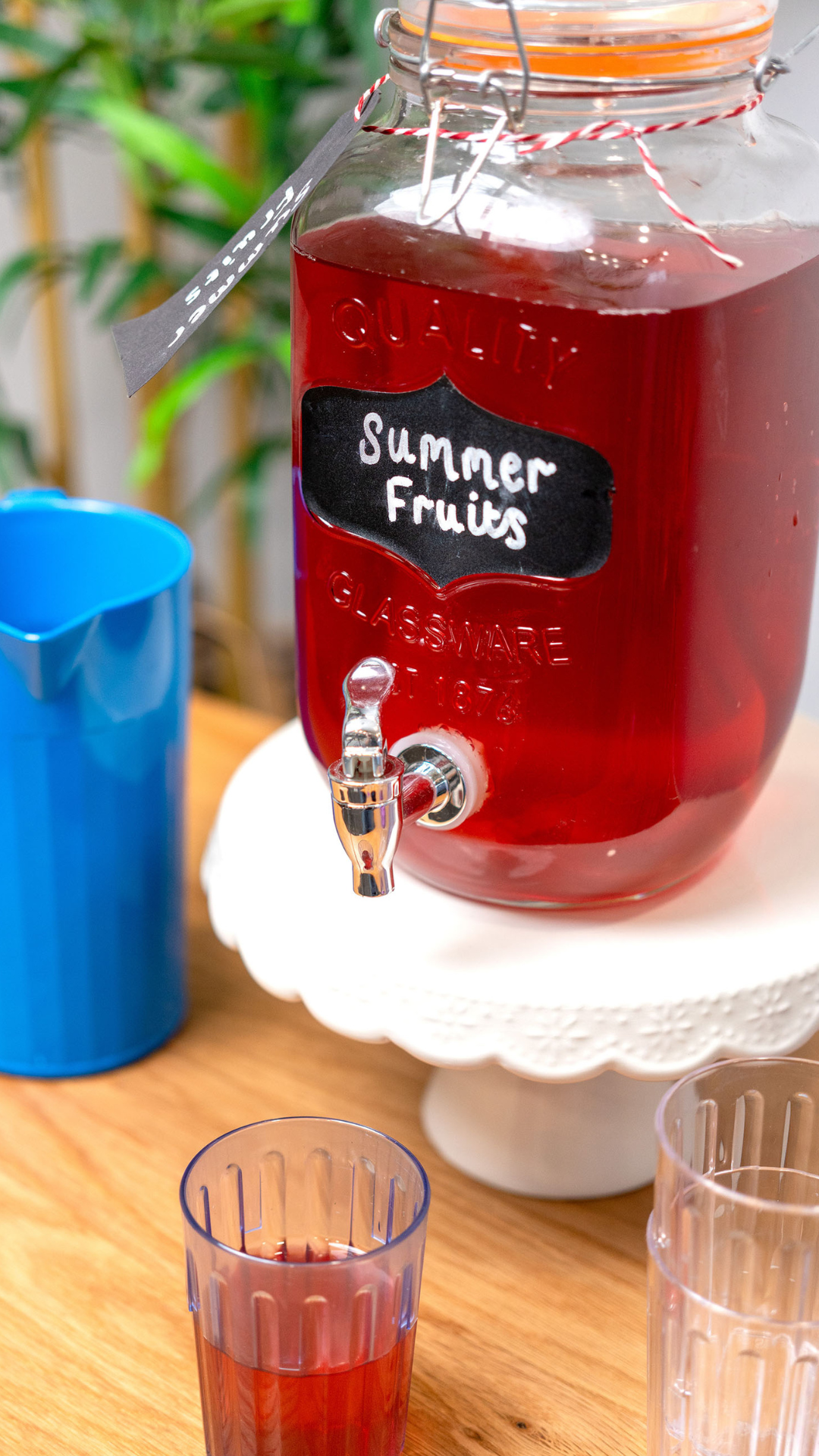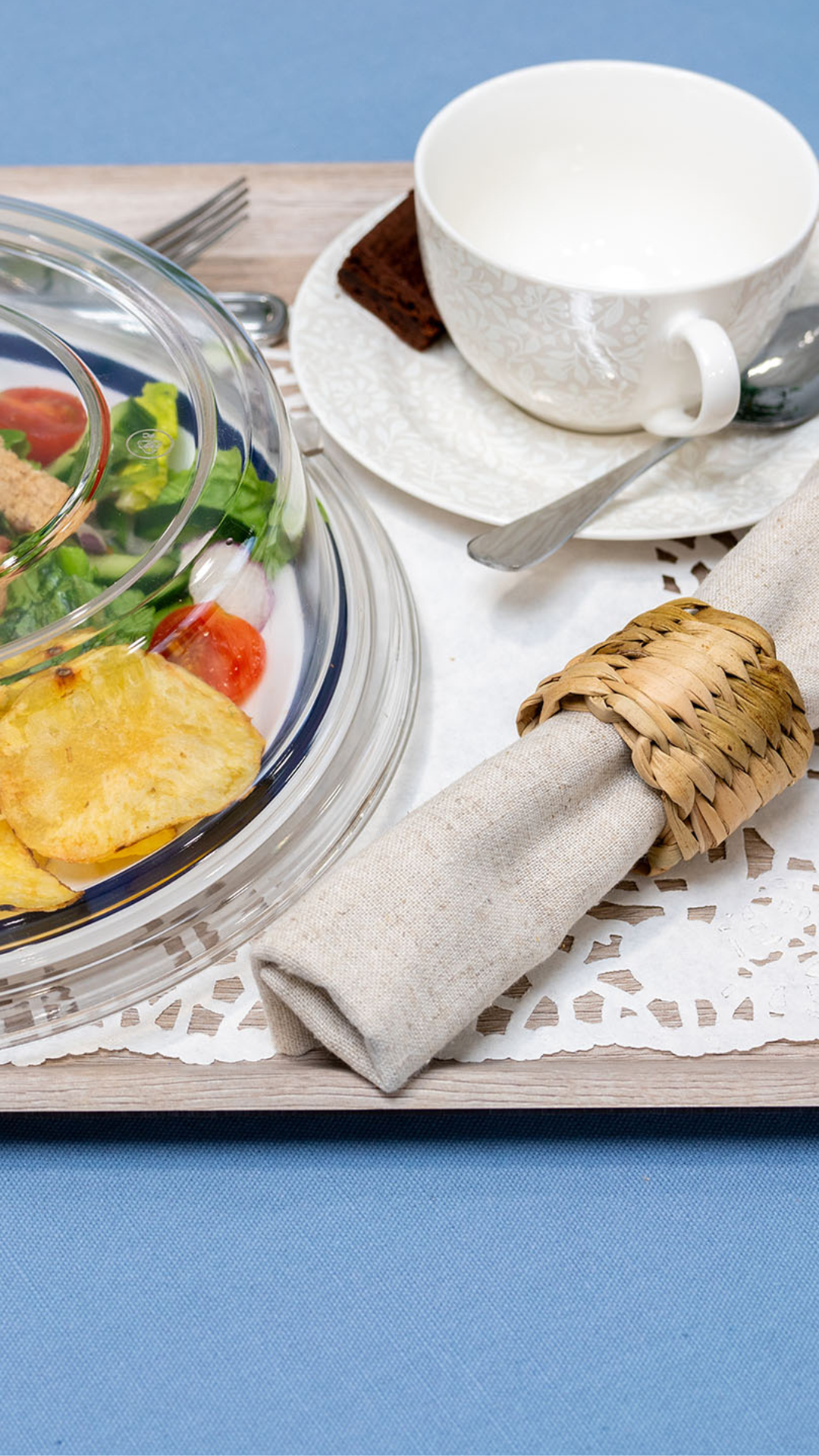Creed Foodservice, one of the UK’s leading foodservice wholesalers, has produced a new guide for care caterers which gives advice and guidance for optimising mealtimes for residents, with a view to creating calmer, more comfortable experiences that mimic dining at home.
A positive dining experience is crucial in care homes as it not only influences the enjoyment of a meal which can help to improve appetites that naturally diminish as we age, but mealtimes also provide residents with time to socialise and food often evokes feelings of nostalgia.
The Dining Experience’ guide takes an in-depth look at three key elements that form the dining experience, including person-centric initiatives, creating a positive ambience and practical table setting tips. The guide has been created by Creed’s team of experts, including development chefs, the insights team and the company’s care sector specialists. The guide includes tips which are adaptable to suit the diverse needs of residents.
Optimise The Care Home Dining Experience
Within a care home, the dining experience should go far beyond just food on plates.
Mealtimes are an integral part of everyday life in care and a good dining experience can have a positive impact on the health and wellbeing of residents. Not only a time for nourishment but mealtimes offer residents the opportunity to form social connections and food often evokes feelings of comfort and nostalgia.
Care homes are unique to the likes of schools and hospitality dining destinations, in that they must be equipped to cater for those with specific difficulties and disabilities that occur as part of the human ageing process.
It is not uncommon for residents to see a decline in eyesight, dexterity and appetite or even the ability to chew and swallow solid foods. Therefore, dinner time often does not come with the same home comforts it once did.
With this in mind, there are a number of ways care home establishments can optimise upon their dining service, in order to deliver the most accommodating and accessible experience to residents.
Dining Ambience
High quality and nutritious food are fundamental to care home dining, however the environment in which residents eat also plays a key role within the overall experience.
Setting up the room in advance to create a calm dining ambience can make residents feel more comfortable and ‘at home’ when approaching mealtimes. It’s advisable to allow bright lighting or natural daylight to improve visibility within the dining room, and removing any loud sounds or distractions is also key to resident satisfaction.
A well presented table with carefully considered serve-ware can increase a sense of independence and minimise accidents and spills. White plates and table cloths should be avoided, instead opting for a plate with a vibrant coloured ring and lip, to improve visibility of residents’ food. On a similar theme, using contrasting colours for table items such as salt and pepper shakers and sauces can help residents differentiate between condiments, and providing clear tumblers to drink fluids from rather than coloured beakers helps to make sure the fluid inside can be clearly seen.
Some residents may require rounded cutlery due to reduced dexterity so having the relevant provisions available can enable a more inclusive and independent experience for all. A good tip to remember each of these individual requirements is to lay out coloured coasters that subtly correlate to the individual needs of residents, so that carers don’t have to ask and the process becomes smoother.
 Food and Beverage Provision
Food and Beverage Provision
We can also focus on plate presentation with an effort to ensure dishes look appealing, fresh and vibrant, to encourage those with diminishing appetites to consume their food, even when texture modification is required in cases of IDDSI and dysphagia.
Clearly laying out the different food items on the plate is also recommended as stacked plates can be off-putting. Fluid consumption can often be a challenge within care environments due to both forgetfulness and the increased mobility required for residents to visit the bathroom more frequently. Therefore separating drinks into a stand alone ‘hydration station’ from a refillable container allow residents to clearly access beverages little and often.
A Person-Centric Approach
One of the most important elements to a care home dining experience lies in the person-centric approach. This means carers and staff put the needs, preferences and overall well-being of residents first.
In order to achieve this, homes are encouraged to offer choice and flexibility where possible. It’s important to take notes on both individual dietary requirements and preferences, alongside resident feedback, to identify eating habits and ensure appropriate options are provided to avoid malnourishment. Carers should establish regular communication with both the residents and each other, to understand if anything has changed which may need adapting to, or if these changes could indicate declining health or deficiency.
At mealtimes care homes should aim to minimise distractions including external visits, carers should be focussed on the residents alone in order to effectively meet their needs.
 In-Room Dining
In-Room Dining
It’s important to also consider how the dining format is set up for those wishing to eat in their rooms. If a resident is dining in their room, we should ensure that the experience is just as thought through as in the dining room. The tray the food is laid upon should be of good quality, and the provision of a doily sat under the plate and a small vase of flowers can really make the meal feel special.
Continue to offer what you would at the dining table, such as a napkin and condiments, and if residents are celebrating an occasion such as a birthday or anniversary, make the experience special for them with a family visit and it will mean a lot.
We hope these tips on how to optimise the care home experience for maximal resident satisfaction are useful and offer some best practices you can either tick off that you already operate, or could look to implement going forward. We have displayed all these individual considerations on an asset you can download and print off for your kitchens if you would like to, to remind carers of each contributing factor step by step.
Additionally, Creed Foodservice have partnered with Oak House Kitchen who provide online dysphasia and IDDSI framework training to care home employees. Creed customers are therefore able to access discounted training, simply speak to your account manager for more information!
View & Download Your Dining Experience Guide



 Food and Beverage Provision
Food and Beverage Provision In-Room Dining
In-Room Dining
Comments
Login/Register to leave a comment